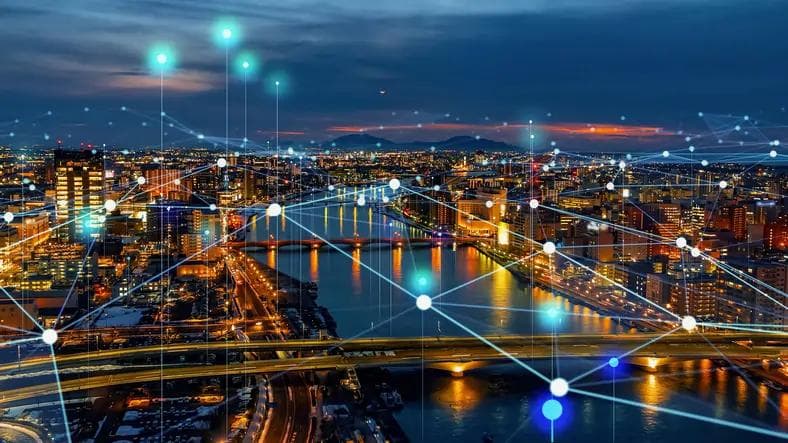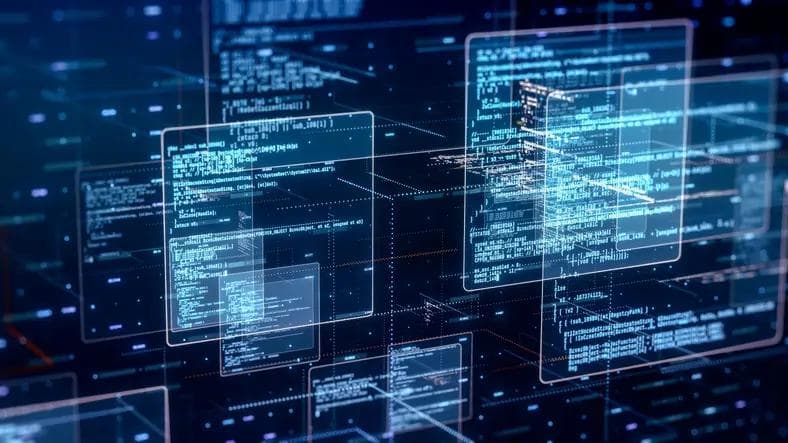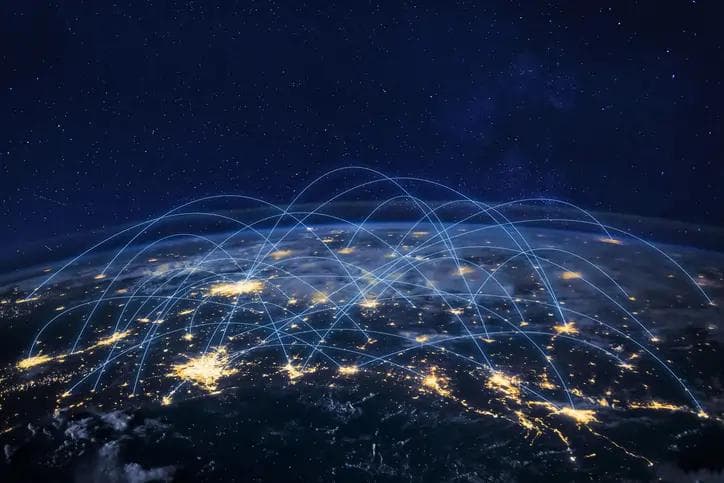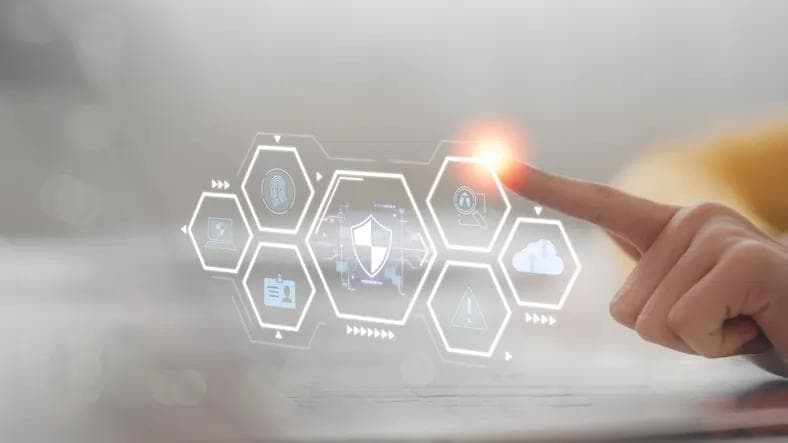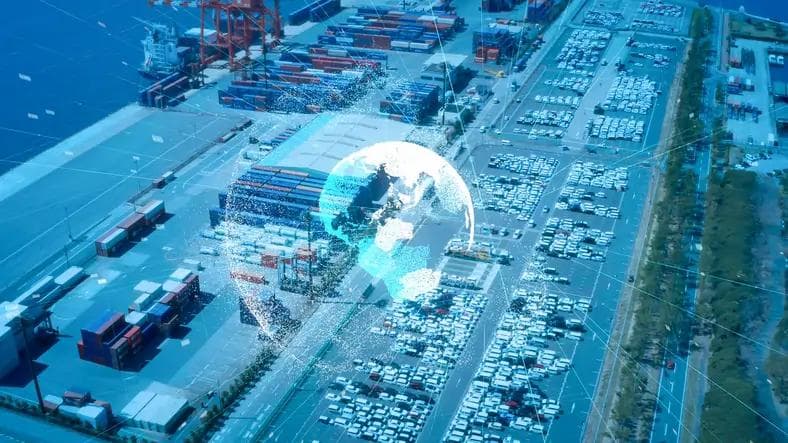How Smarter Applications Will Shape Industries in 2025
How Smarter Applications Will Shape Industries in 2025
Published by Jessica Weisman-Pitts
Posted on December 18, 2024
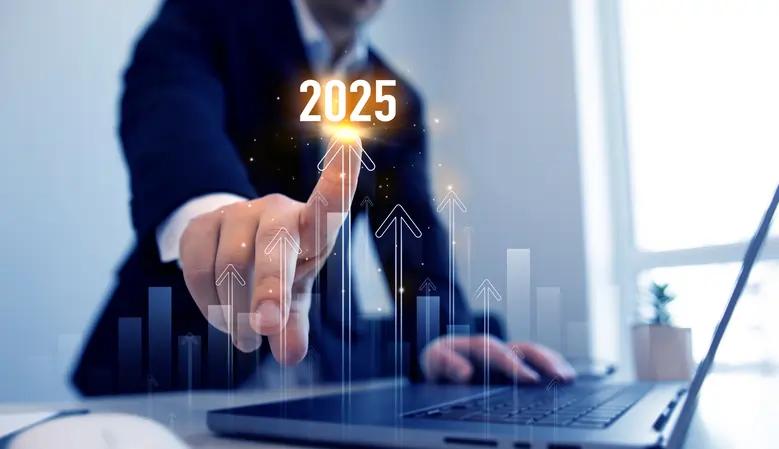
Published by Jessica Weisman-Pitts
Posted on December 18, 2024

By Tony Judd, Managing Director, Nordics, UK & Ireland, Verizon Business

Prediction 1: Data-driven applications will evolve, unlocking smarter, faster decisions across industries
In 2025, the digital landscape will be dominated by the relentless march of data-driven applications. The maturation of generative AI and other data-intensive technologies will not just drive this trend—they will redefine it, demanding robust and flexible infrastructure to support their ever-expanding capabilities.
Imagine a world where every decision is backed by real-time data insights. Businesses will need to invest in scalable and secure infrastructure, including multi-cloud resources and dynamic networks, to keep pace. Picture a manufacturing plant where data analytics optimises machinery performance, improving efficiency and reducing downtime. This will necessitate advanced IT and OT segmentation strategies to secure these vital data flows.
As we embrace this data-driven future, security will be paramount. With third-party data hosting becoming the norm, the attack surface for cyber threats expands. Implementing zero-trust architectures and micro-segmentation will be our shield, protecting sensitive information and maintaining operational integrity in this brave new world.
Prediction 2: The rise of emergent technologies such as AI, IoT, and quantum computing will be a marathon, not a sprint—adopted incrementally but with profound long-term impact.
The future is now, however, it’s arriving gradually. In 2025, the integration of emerging technologies such as AI, IoT, and quantum computing will continue at a measured pace, driven by specific use cases and ROI considerations. Businesses will adopt these technologies incrementally, helping each investment to deliver tangible benefits.
Picture AI and machine learning enhanced decision-making and automated routine tasks. In manufacturing, predictive maintenance powered by AI will reduce downtime and boost efficiency. IoT devices will provide real-time insights into operations, enabling proactive management and swift responses to changing conditions.
Quantum computing, while still in its infancy, will begin to find its niche. Businesses will explore its potential cautiously, balancing the promise of revolutionary capabilities against the costs and technical challenges. By taking a measured approach, companies can harness the power of these emerging technologies without overextending their resources, enabling a steady and sustainable path to innovation.
Prediction 3: In 2025, the cloud-first mentality will give way to smarter, more strategic investments in both cloud and edge computing, optimising data flows while balancing cost with performance.
In 2025, businesses will master the art of strategic cloud and edge computing investments, focusing on optimising data flows and balancing cost with performance. The initial rush to move everything to the cloud will evolve into a more sophisticated approach, leveraging both centralised and edge computing resources.
Visualise a world where data-driven applications thrive, demanding low-latency processing. Edge computing will be the hero, bringing processing power closer to the source and reducing latency. This will be crucial for applications requiring real-time decision-making, such as autonomous vehicles or industrial automation. By processing data at the edge, businesses can achieve increased responsiveness.
At the same time, companies will avoid the pitfalls of vendor lock-in and manage cloud costs more effectively. A hybrid approach, blending public cloud, private cloud, and on-premises solutions, will become the norm. This flexibility will allow businesses to optimise their IT infrastructure for both performance and cost efficiency, helping them to stay ahead in the digital race.
Prediction 4: Zero-trust architectures will be the cornerstone of cybersecurity, as businesses bolster defenses against rising cyber threats in increasingly complex multi-cloud environments
As the digital frontier expands, so too does the battlefield of cybersecurity. In 2025, businesses will place an even greater emphasis on protecting their data and ensuring the integrity of their digital operations. The stakes have never been higher.
Imagine a fortress of digital security, where robust measures such as zero-trust architectures and advanced threat detection systems stand guard. These strategies will be essential in safeguarding data against breaches and managing compliance with regulatory requirements. As more data is hosted in multi-cloud environments, securing these platforms will be a top priority.
But technology alone won’t suffice. Businesses will invest in cybersecurity training and awareness programmes for their employees. Human error remains a significant vulnerability, and educating staff on best practices will be crucial. By fostering a culture of cyber risk awareness, companies can better protect themselves against the ever-evolving threats of the digital age.
Prediction 5: In 2025, private 5G networks will go mainstream, offering businesses the scalability and capacity needed to navigate the next era of digital transformation.
The revolution is here: private 5G networks will take centre stage in 2025, offering businesses increased flexibility and capacity. This technology will be a game-changer for industries that crave reliable and high-speed connectivity, such as logistics, manufacturing, and retail.
Imagine the seamless connectivity of a private 5G network, effortlessly supporting a myriad of applications. These networks will outshine traditional LAN and Wi-Fi infrastructures, providing superior coverage and supporting a higher density of connected devices. Envision a bustling port or a sprawling manufacturing plant where private 5G connects devices, from sensors to autonomous vehicles.
The magic happens when private 5G meets edge computing. This powerful combination will unlock new possibilities for real-time data processing and automation. Picture drones conducting automated inspections in ports or autonomous robots navigating warehouses with precision, enhancing operational efficiency and safety.
Explore more articles in the Technology category
